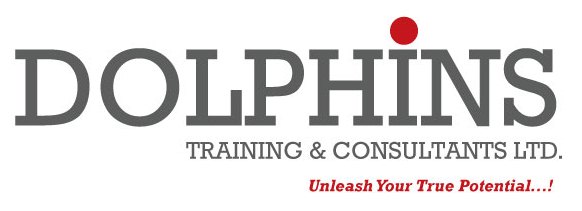
Managers talk a lot about employee performance.
There’s constant pressure to achieve performance targets, to reach higher performance levels, and to ensure that people’s work supports and furthers the organization’s goals.
Performance management is the process used to manage this performance.
The key question asked is, “How well is an employee applying his or her current skills, and to what extent is he or she achieving the outcomes desired?”
The answer has traditionally been found in the performance evaluation process, where managers look for hard data to tell how well an employee has performed his or her duties.
What is often missing from this evaluation, however, is the part about making sure that the employee is doing the right thing. After all, you may have a very hard-working and dedicated team member, but if he or she is not working on things that advance the organization’s purpose, what is the point?
This is where key performance indicators come into play, and they apply both at the organizational and individual levels. At an organizational level, a Key Performance Indicator (KPI) is a quantifiable metric that reflects how well an organization is achieving its stated goals and objectives.
For example, if your vision includes providing superior customer service, then a KPI may target the number of customer support requests that remain unsatisfied by the end of a week. By monitoring this, you can directly measure how well your organization is meeting its long-term goal of providing outstanding customer service.
If your KPI is inappropriate or naive, however, the resulting behaviors may be counterproductive. For example, using the same goal of providing superior customer service, the first KPI that often comes to mind is the number of customer complaints received. Intuitively, you may feel that the fewer complaints you receive, the higher the customer service you’re offering. This is not necessarily true: You may be getting fewer complaints because you have fewer customers, or because customers are not able to access your support services.
Taking this a step further, while it is important for organizations to choose the correct KPIs for business performance, it is equally useful if managers and employees define KPIs for members of their teams. In fact, an ideal situation is where KPIs cascade from level to level in the organization (in reality, this may be impractical if there are many levels to the organization.) This helps people work in such a way that their activities are aligned with corporate strategy.
So part of performance management is setting goals with members of your team. This may be done within the formal appraisal process, but it doesn’t have to be. The important factor is that the goals that are set are aligned with the department’s strategy, which in turn is aligned with the overall strategy of the organization.
This follows the common adage in management that says, “What is measured gets done.” If you set a goal around a certain outcome, the chances of that outcome occurring are much higher, simply because you have committed to managing and measuring the results.
When an employee’s goal is defined in terms of an organizational KPI, it ensures that what the employee is doing is well aligned with the goals of the organization. This is the critical link between employee performance and organizational success.
Here is the upcoming strategic performance management training for you..
